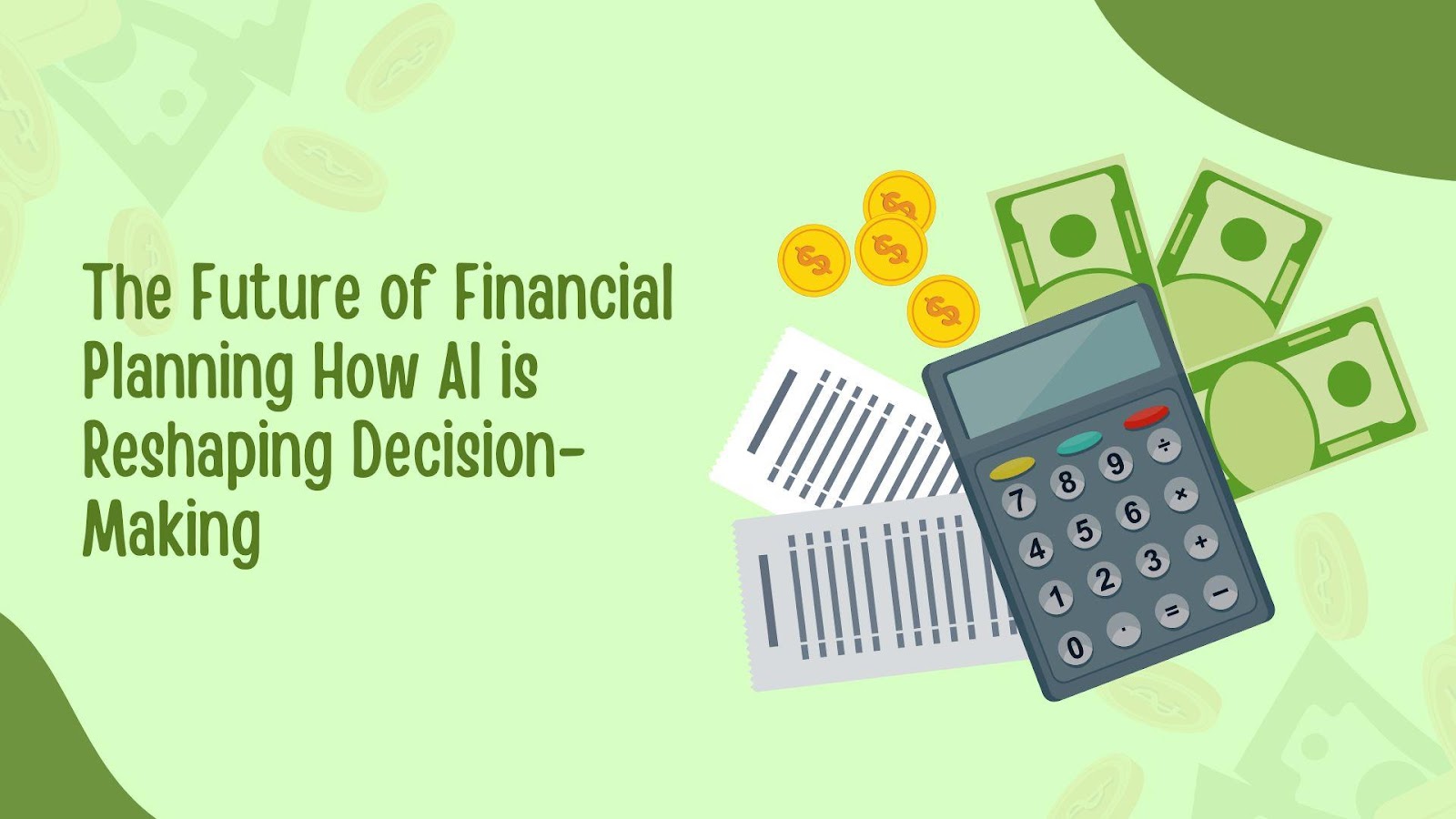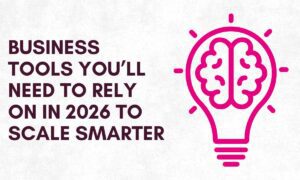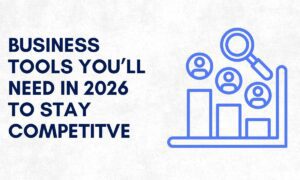How AI is Transforming Financial Planning and Analysis
Artificial Intelligence (AI) is reshaping Financial Planning and Analysis (FP&A), introducing a powerful collaboration between human expertise and machine intelligence. Harsh Singh, a leader in AI-driven financial analytics, outlines how organizations are adopting AI to enhance forecasting, automate workflows, and drive better strategic decisions. This evolution is setting a new standard for financial operations—faster, smarter, and more adaptive.
AI-Powered Automation: Cutting Complexity, Boosting Efficiency
Traditional FP&A workflows are often tied up in time-consuming tasks—manual data aggregation, report generation, and reconciliation. AI streamlines these processes, automating routine functions so analysts can focus on strategy and insight.
Modern AI tools also go beyond automation. Intelligent systems now offer real-time decision support and suggest financial strategies based on live data. AI-powered chatbots are emerging as assistants for finance teams, delivering instant insights and helping navigate complex scenarios more efficiently.
Predictive Analytics: Smarter Forecasting in Real Time
Forecasting is one of AI’s most transformative applications in finance. Rather than relying solely on historical data, AI models analyze real-time information to spot trends and adjust predictions dynamically. This leads to more accurate and responsive planning.
AI also enables robust scenario modeling. Financial teams can simulate multiple market conditions and assess potential impacts, improving preparedness and long-term planning. Even in unpredictable markets, AI helps keep forecasts timely and actionable.
Performance Tracking: Real-Time Monitoring and Risk Detection
AI allows for continuous, real-time tracking of financial performance metrics. Subtle changes or risks that might be missed in traditional reviews can now be identified early, allowing businesses to act quickly and decisively.
Anomaly detection is a standout benefit. AI systems can flag financial discrepancies or potential fraud in real time, enhancing compliance, security, and trust across financial processes.
Seamless Data Integration: Unified, Actionable Intelligence
One of AI’s major strengths is its ability to integrate structured and unstructured data. While traditional tools struggle with diverse data types, AI can process financial reports, market news, and even social sentiment in a unified way.
This creates a holistic view of business performance and reduces manual entry errors. As a result, organizations gain sharper insights and more accurate data for financial planning and strategic decisions.
Human-AI Collaboration: Augmenting Judgment, Not Replacing It
AI doesn’t eliminate the need for human insight—it enhances it. Financial professionals validate and interpret AI-generated insights, applying context and aligning recommendations with business goals.
A “human-in-the-loop” approach ensures both speed and strategic alignment. As AI capabilities grow, finance teams must evolve too, developing hybrid skills that blend financial knowledge with data analytics and AI fluency.
Implementation Challenges: Tech, Talent, and Culture
Successfully integrating AI into FP&A requires more than just deploying software. It takes the right infrastructure, skilled teams, and a culture ready for change.
Organizations investing in cloud infrastructure and upskilling their finance teams see better results. Phased rollouts and ongoing training help ease the transition, while transparency in how AI makes decisions builds trust with both teams and stakeholders.
What’s Next: Making Financial Intelligence More Accessible
AI’s future in FP&A lies in making insights more intuitive and widely accessible. Natural language processing (NLP) will enable finance systems to generate human-readable summaries, making analytics easier to understand across the organization.
Enhanced data visualizations will also simplify complex analyses, empowering non-finance leaders to engage in financial planning. The result: faster collaboration, better decisions, and more responsive organizations.
AI is no longer a future concept—it’s a strategic asset reshaping finance today. From predictive analytics to intelligent automation, AI is unlocking new efficiencies and capabilities across FP&A.
As Harsh Singh emphasizes, the true value lies in the synergy between machine precision and human judgment. Organizations that embrace this partnership will be best positioned to thrive in an increasingly data-driven financial landscape.
By blending innovation with strategic thinking, finance leaders can redefine how planning and analysis are done—making operations not just faster, but also smarter, more accurate, and ready for what’s next.



































